The art of communication between two parties comes down to common understanding. This could be through spoken word, written word, body language, sign language – the list goes on. In rallying, communication between the driver and co-driver is paramount to achieving good stage times and keeping the car on the road.
Because everything is happening at such high speed and the driver has their hands full during a stage, it can be difficult for them to take in information delivered in a normal fashion. Because of this, co-drivers develop their own way of relaying crucial information to the driver, effectively creating a whole new language that both members must be fluent in.
Today, I’m going to teach you the basic language of the co-driver and help you understand as much as possible about pacenotes. This generalized system is used in most of the current popular rally games, such as Dirt Rally 2.0 and WRC10, as well as many of the classics including Colin McRae Rally and Richard Burns Rally.
In real rallying, these ideas will be developed further and adapted to suit a particular drivers preferences, but this basic platform remains relevant for most.
So, if you have been struggling to understand your co-driver while playing your favourite rally game, fear not, we are here to help. And once you crack this, I guarantee your results and enjoyment will improve significantly!
Pace note numbers: what do they mean?
Let’s break this down section by section, starting with the basics. The most common pace note format that you will hear will be a left or right combined with a number between 1 and 6.
In WRC 10, the direction comes first, so left 5 or right 3. While in Dirt Rally 2.0 it’s delivered in the opposite order – 5 left or 3 right. These instructions simply tell you which direction the corner is going, and how tight or open the corner is.
1 means that the corner is really tight and will need to be taken in a low gear at slow speed. 2 signifies a slightly more open corner, but would normally still be described as tight and slow speed.
3 and 4 are generally medium speed corners, with 3 being slightly on the tighter side and 4 being a bit more open. 5 means a fast corner and 6 is a very fast and open corner, often flat out or very close.
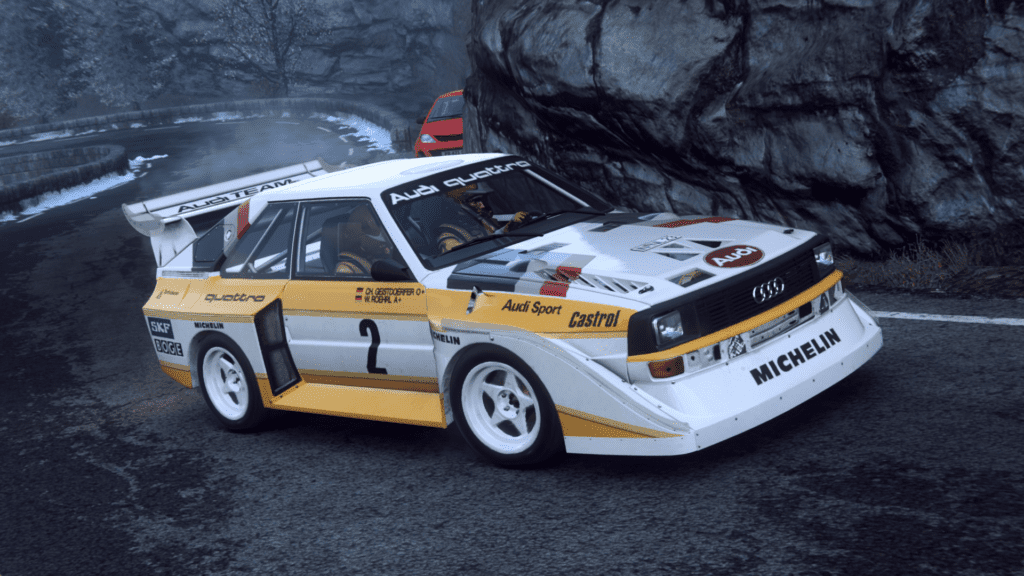
The best way to get used to this numbering system and remember how it works is to associate a number with the gear you are in. 1 signifies super tight corners, so will often need 1st gear. Medium speed corners can often be taken in 3rd or 4th gear, while fast, open corners will likely require fifth and sixth gears.
This is not an exact science, since gear selection depends on variables like the cars being driven, the setup, and the conditions, but it’s a good benchmark to help you get used to the system.
Now before I move on I want to cover something fundamental for any out there who is already confused… “My codriver is saying left 4 but the corner I’m heading into a right hander? Why is that?” This is because the co-driver is telling you the upcoming corners in advance, so that you can prepare sufficiently.
It’s likely in this example that the left 4 will be coming up soon, and the right hander you are currently heading into was described a few seconds earlier.
Rallying: tight corners and hairpins
As I said at the beginning, these simple instructions, accompanied by a number and direction form the backbone of most of your pace notes. But not every corner is described by a number. If the co-driver uses the word hairpin this indicates a very tight corner, slower than a 1 and often close to 180 degrees.
The tightest hairpins may require the use of the handbrake to get round in one go, and these will be described as an acute hairpin on WRC10 or a tight hairpin on Dirt Rally 2.0.
Another common term is a square left or square right. Square is referring to the angle of the corner, and means it is a 90 degree angle. In terms of speed, this will often be similar to a 1 or 2 but that extra little bit of detail always helps.
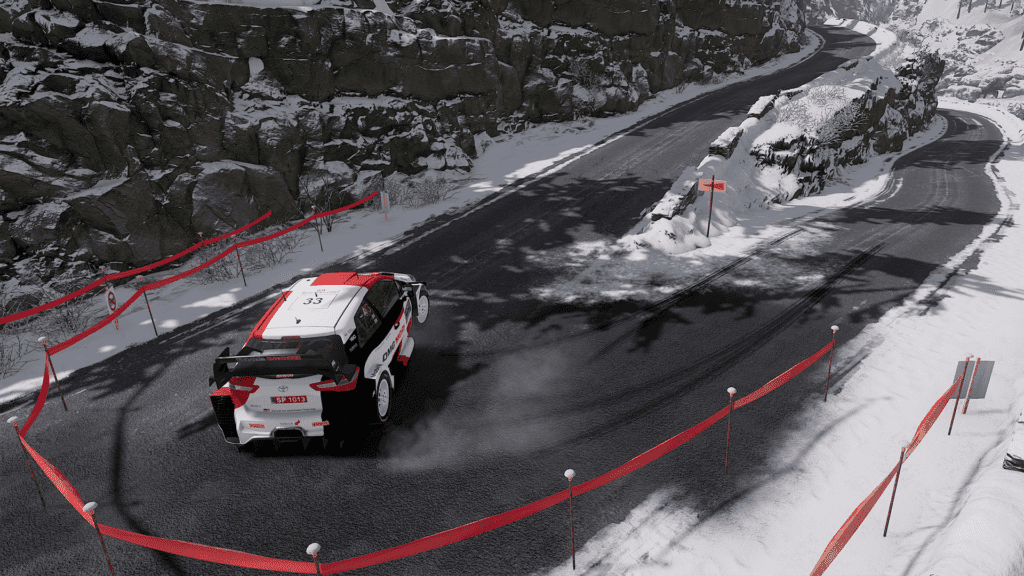
Finally, if they codriver says flat left or flat right, it means you can take the corner without lifting off the throttle or using the brakes… if in doubt, flat out.
So if a 6 left or right is normally flat out anyway, why do we need another different pace note to describe the same thing? This is because for each corner you will be travelling at a different speed on entry. Think of it this way, if you are only doing ten miles per hour on corner entry, even a 2 right or 3 left might be flat out.
If you are doing 150mph into a 6 left, then chances are you will still have to brake. I’m pointing this out because it’s something people often overlook.
Just because two different corners are described identically in terms of how tight they are, doesn’t mean that they have to be driven in the same manner. So how do we combat this? Give the driver more information of course. The more information you have, the more you can tailor your driving to suit each corner.
Additional pace note instructions
If you hear a bigger number such as 30, 50 or even 150, this is referring to the distance in metres of a straight you are approaching. Normally, you will hear this number immediately after a corner is described. So, for example, square right 100 means that after the square right, there is a 100 metre straight before the next corner.
If the straight is very short, or non existent, instead of saying a number they may say “and” or “into”. 3 right into 4 left means the first corner will instantly flow into the second corner with no break in between.
So what about the length of the corners? Instead of using numbers, the co-driver will use a simple description, such as short, medium long or very long. Quite simply, this tells you how long a corner will go on for and you should try to adjust your speed and line accordingly.
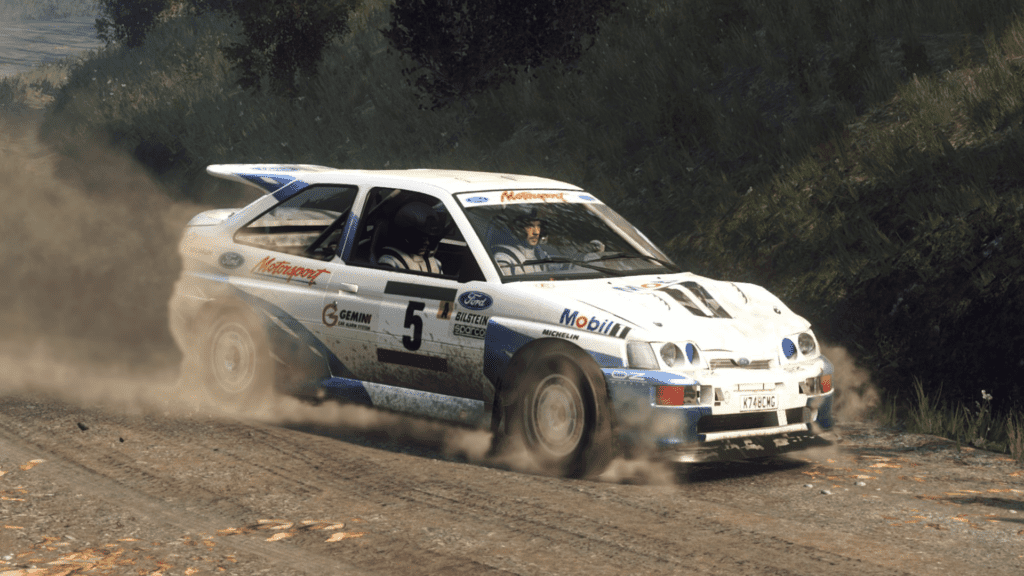
Another thing a co-driver may describe is how a corner develops. Rally stages are usually normal roads, so the corners are not artificially designed. What this means is that the tightness of a corner might not stay the same throughout. It may open up or even get tighter as you reach the apex for example – think Turn 1 at Shanghai or Brooklands at Silverstone.
Your co-driver will warn you of this with descriptions such as tightens, narrows, opens or widens. Example, “right 4 tightens” means the corner starts out as a 4, but may tighten to a 3 or even a 2.
In fact, sometimes they actually give you the number it changes too, “5 left tightens to 3” for example. Widens and Narrrows are exactly as described, so be careful when the road narrows on corner exit and take advantage of the extra space when it widens.
Corner cutting in rallying
To cut or not to cut? That is the question. And your codriver often has the answer! If they tell you “don’t cut” when describing a corner, don’t cut. They are warning you that there is potential danger to be found, whether that’s a hidden rock on the inside of the corner, or just a nasty bump that might launch your car into a barrel roll.
On the other hand, if they tell you to cut, they are telling you this because its safe to do so and you can gain some time doing it.
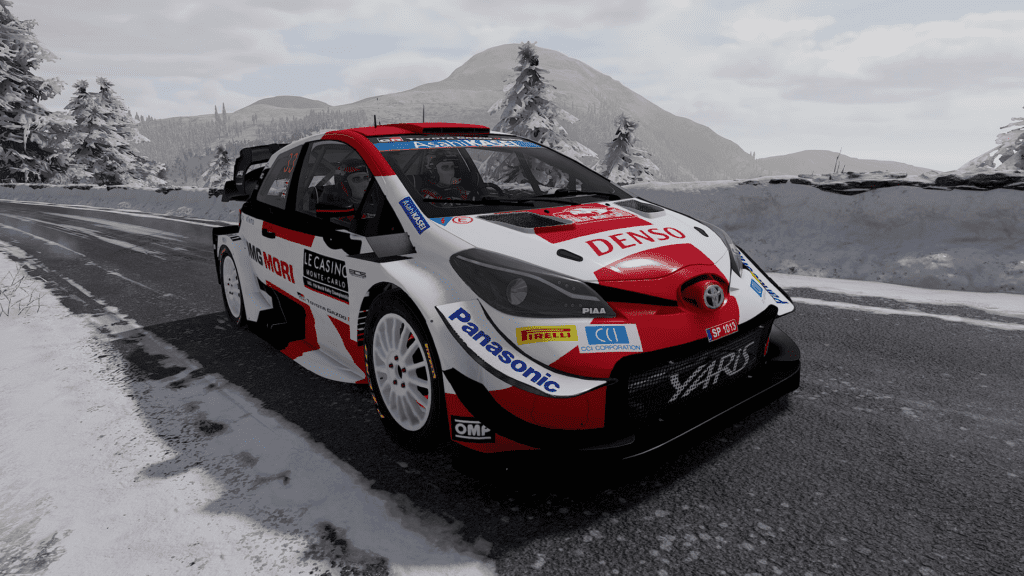
You may have grown up always trying to be on time, but sometimes its actually beneficial to be early.. or even late! If a co-driver uses this terminology, they are referring to when you should turn in to the corner.
Late means you are better off turning in later than you might think, and aim for a late apex. Early means the opposite – maybe the corner has horrible negative camber towards the outside on corner entry and its best to get the car in for an early apex.
On the subject of camber, the co-driver may also specifically warn you of this. If they say “left 3 bad camber”, you can expect the corner to lean away from the apex, so you might need to adjust your speed and line accordingly.
Pace note warnings
The next thing I’m going to cover is blatant warnings. Your codriver might use the word caution before a corner. This suggests that the corner is a tricky or dangerous one, so expect the unexpected when you arrive. In this situation its always best to err on the side of caution and take it a bit easier.
Hopefully you will spot the reason for the warning and maybe even remember it the next time you tackle the stage.
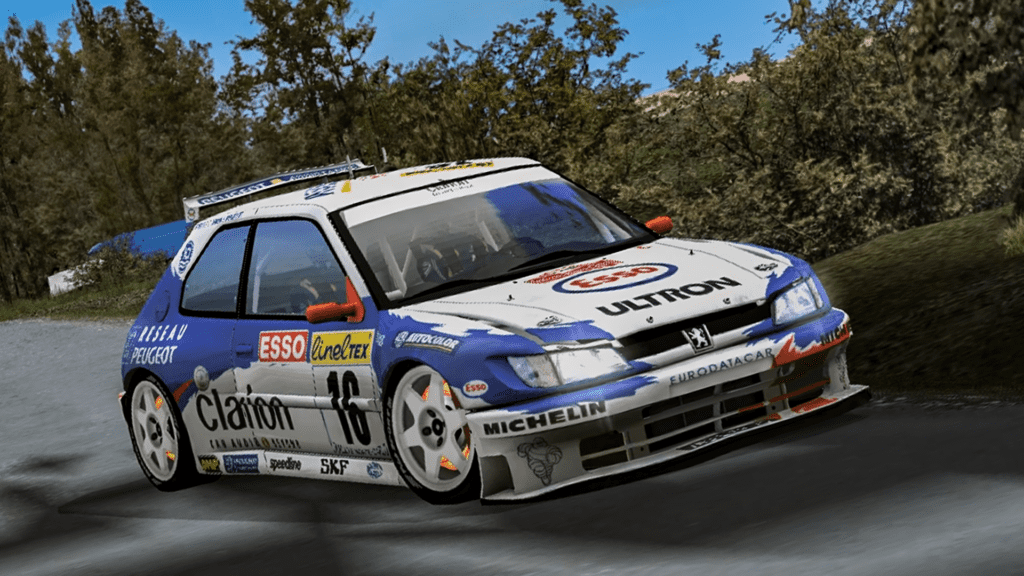
Sometimes the co-driver literally uses the word “slow”, and as you might expect, do what they say, there will be a reason for it. Another common warning you will hear is “unseen.”
This simply means that the corner is blind and you wont see it right until the last moment. Just pay extra attention when approaching these sections so that you don’t miss the corner and fly off the road. What would you do without your codriver?
Co driver warnings
Now the fun bit. Many co-drivers will wince at the thought of a big jump, but thankfully when these co-drivers are virtual, there are no chances of being winded or fracturing a vertebrae. This means when you are being told about jumps or crests you can absolutely go for it. Just be careful to think about the landing and what might be coming next.
Another warning may be the co-driver telling you to keep right, left or in the middle heading into a jump. I don’t need to explain this one, just do as they say. It will likely be to try and make sure you land properly and on the correct line, as jumps aren’t always straight.
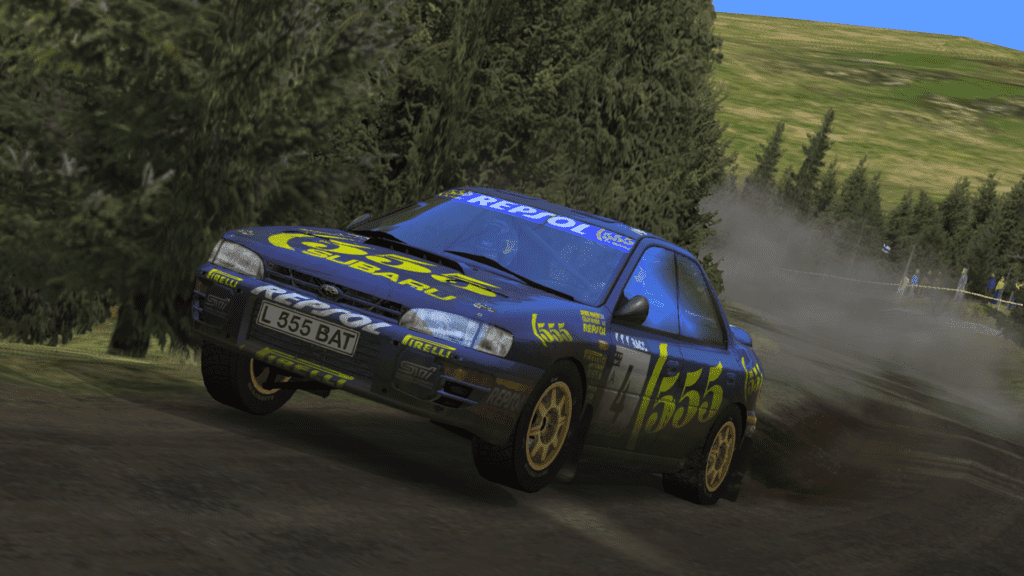
Your passenger may also warn you on bumps, and in some ways, these can be more dangerous than the jumps themselves. Bumps have the ability to throw your car off-line when you least expect it, so as usual, be wary.
The final type of pace note you can expect to hear is a literal description of upcoming features. These could be water splashes, tunnels, bridges, gates, walls, logs, snow, ice etc. etc. These may be important for a number of reason.
Walls, bridges and logs could be stage ending if hit. Tunnels may require lights. Water splashes may require wipers. Finally, snow or a sudden patch of black ice may require a new pair of fireproof underwear.
Pay attention, assess the risk, and adjust your commitment level accordingly.
Rally game settings
To finish, I want to cover a few more general points that will help optimize your rally gaming co-driver experience. First of all, remember that most titles have a wide variety of languages to chose from. So, if English isn’t your first language, check to see if there’s a better option out there for you.
WRC 10 for example includes French, German, Spanish, Italian and Japanese options as well as English with both female and male variations. I can’t guarantee this guide will apply in the same way to other languages, but it’s unlikely to be massively different.
Another tip – and this one is very important – is to change the pace note call distance. Set this as early as you are comfortable with. This will give you more time to prepare for each corner and help you avoid sudden surprises.
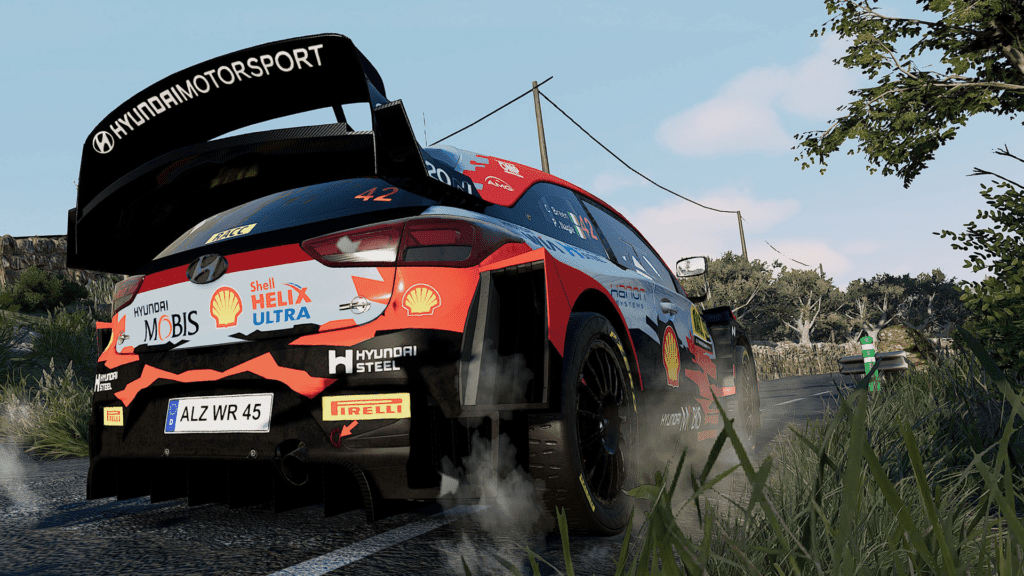
It’s a lot of information to take in, so feel free to work your way up to this, changing the distance one click at a time until you are comfortable and can process the information properly.
One final tip is to increase the co-driver volume individually – or decrease the other volume settings. This will make it easier to pick up on specific details in the notes and should be less overwhelming.
Spot on, Spot on
So, you are now ready to take to the stages. Hopefully this guide has given you a new appreciation for your poor passenger. Maybe they aren’t so annoying after all, maybe they are the key to your results?
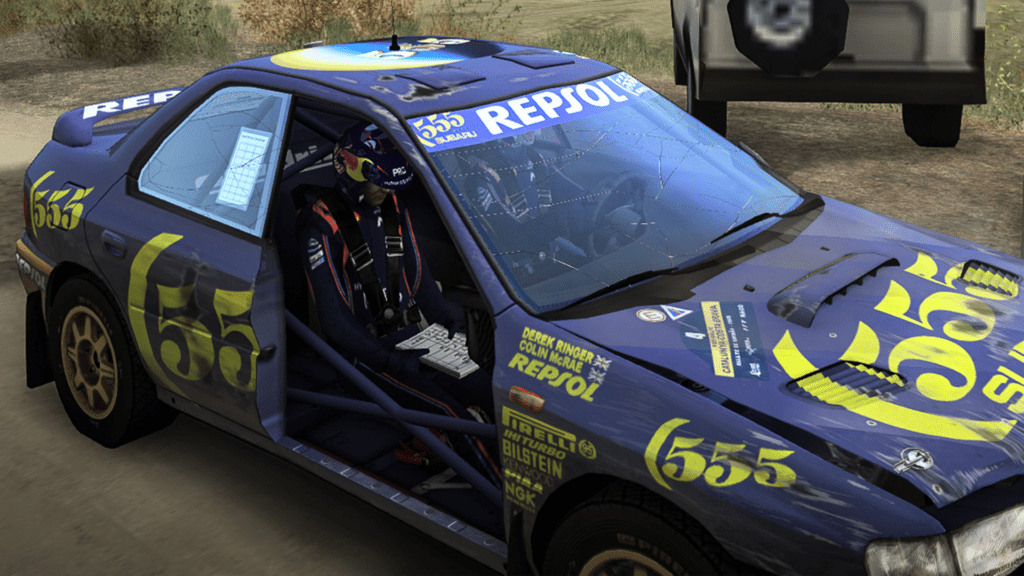
Thank you Nicky, thank you Derek, thank you Phil and sorry for all the times I have fired unwarranted abuse in your direction.
It really wasn’t spot on.


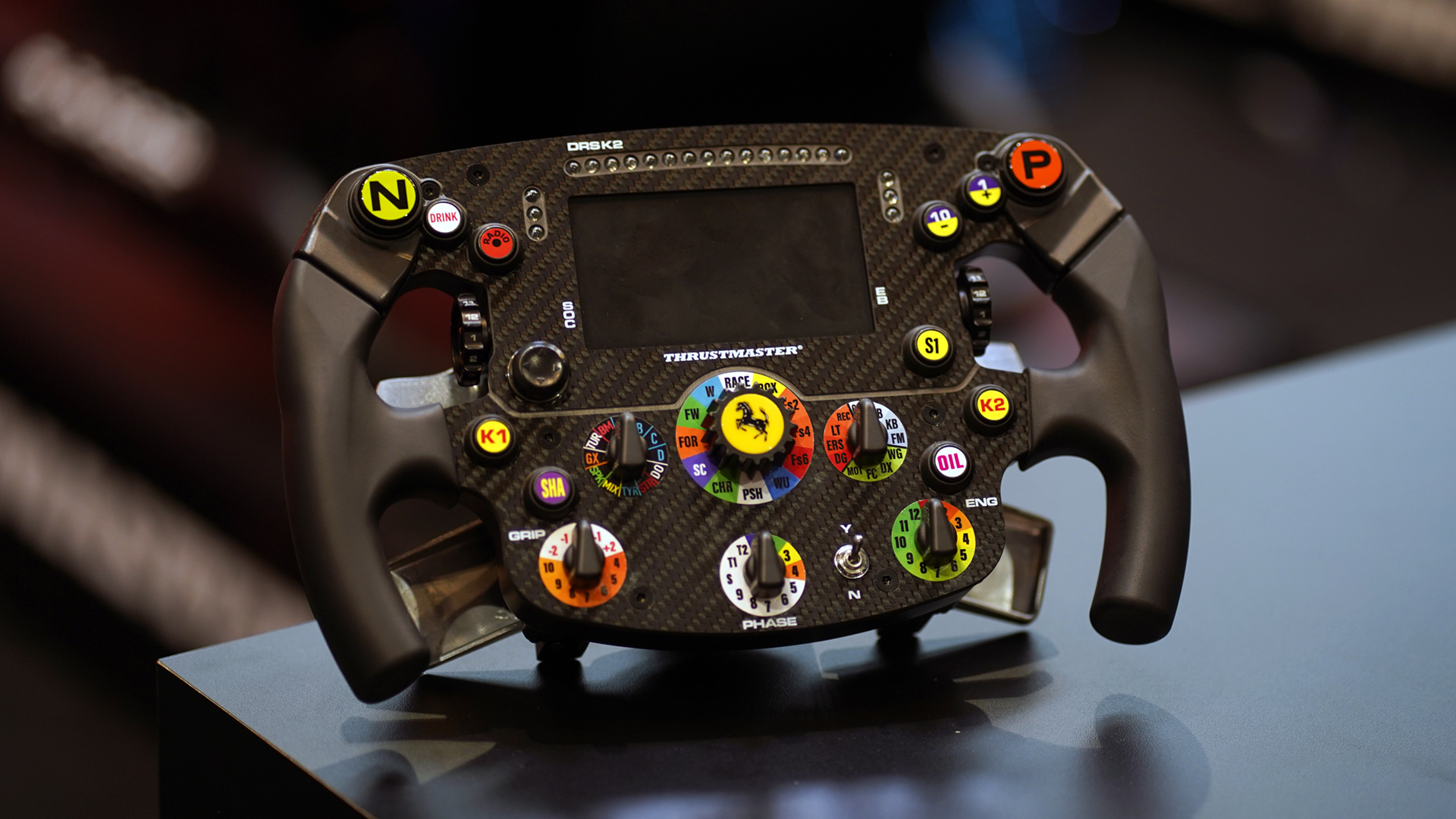
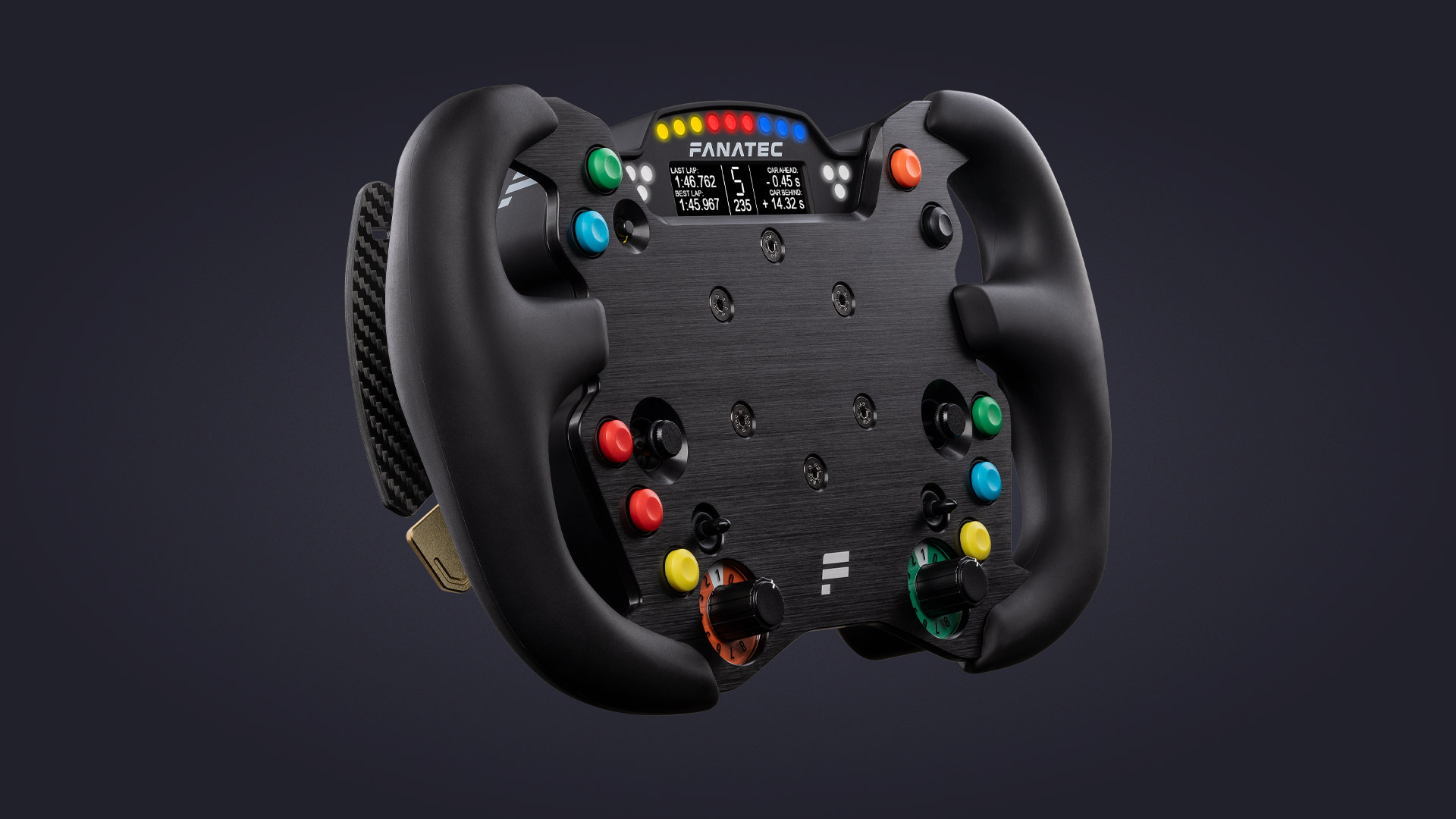
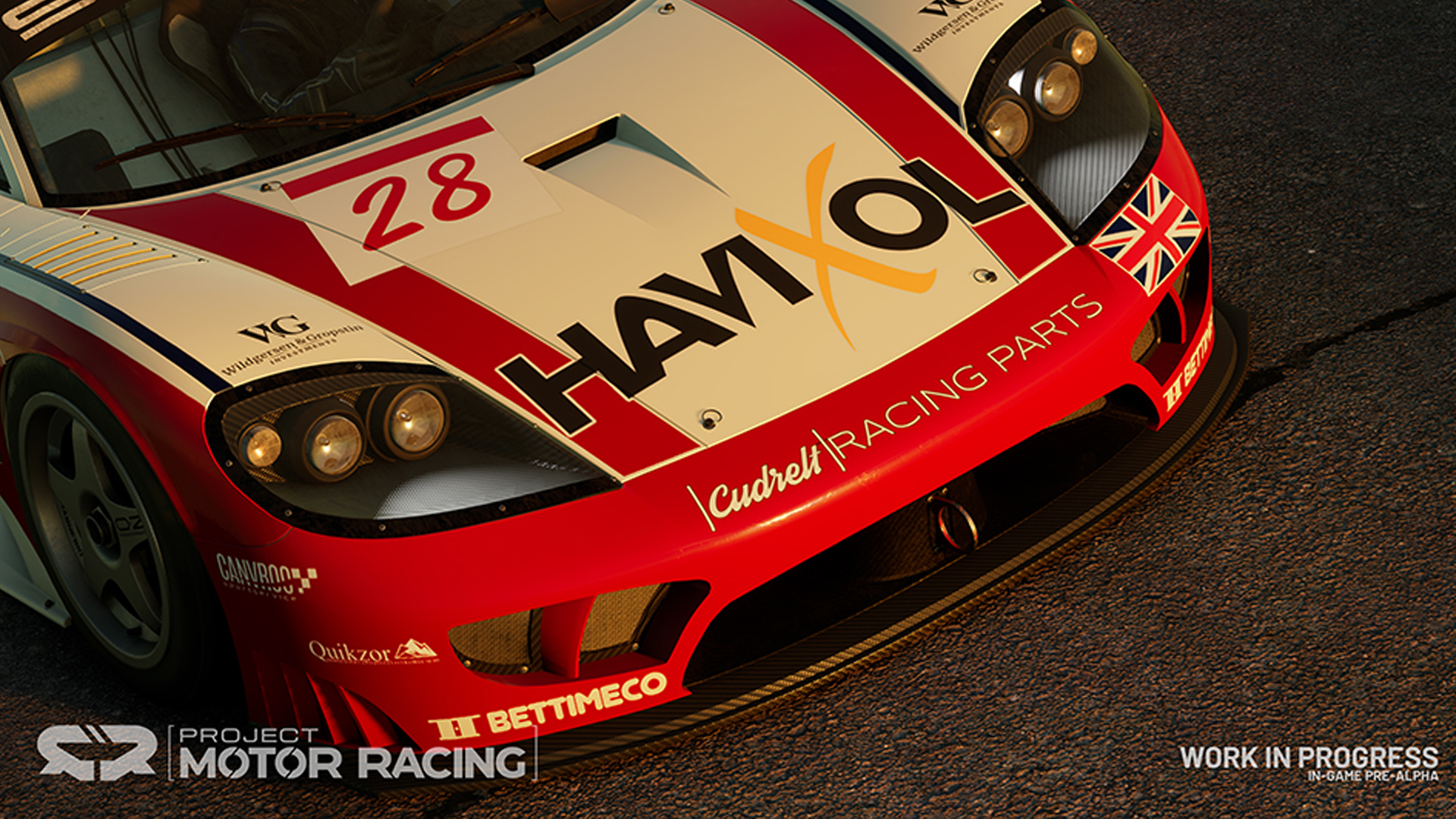
Chat with the Community
Sign Up To CommentIt's completely Free